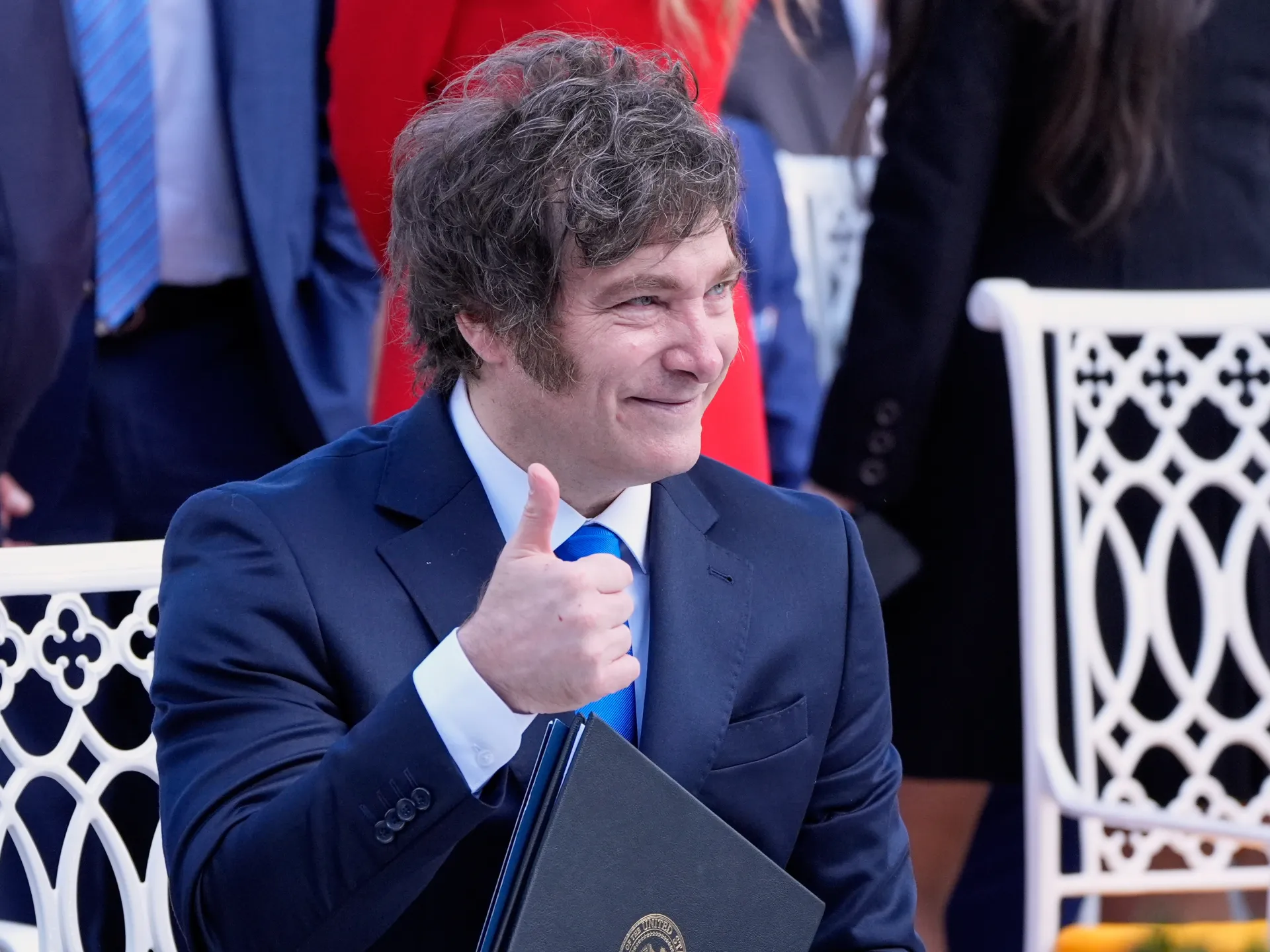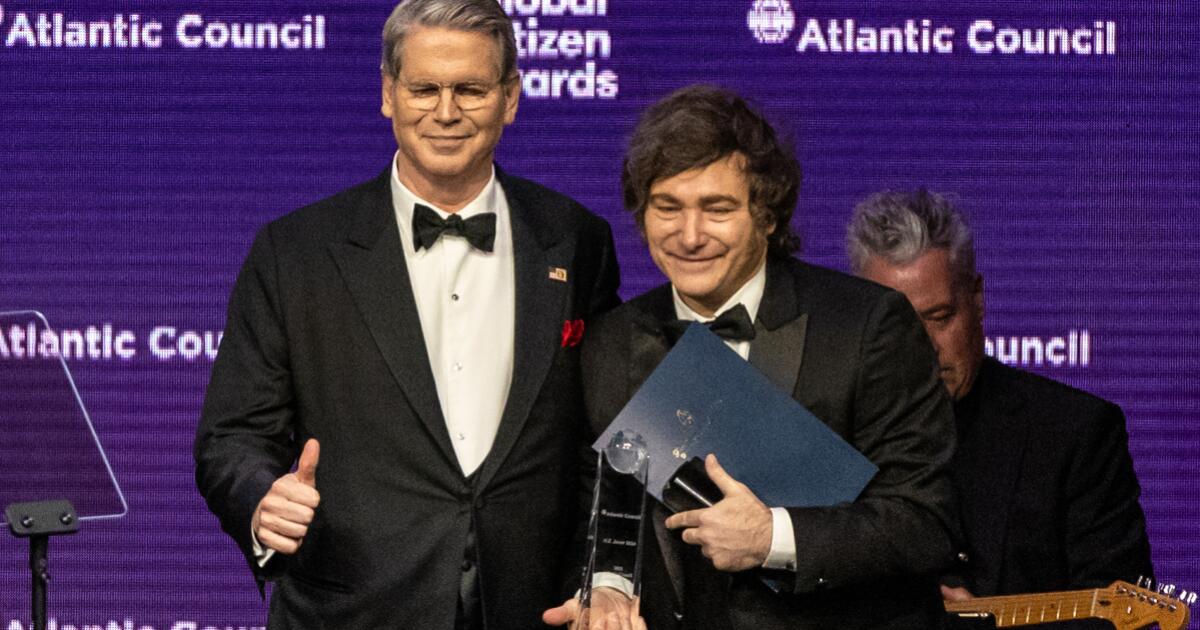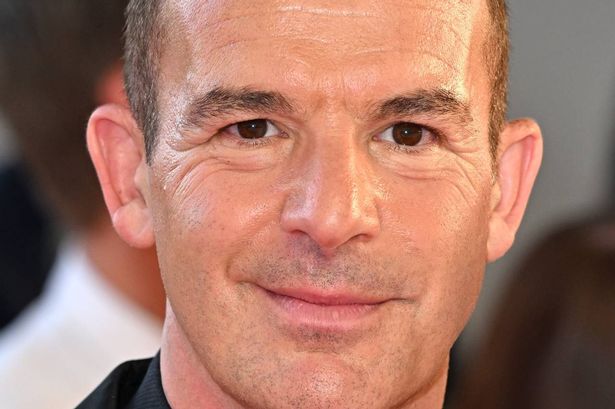The money saving guru has settle the debate on what currency you should pay in when you’re overseas – and it appears that many people have been making a costly mistake
Martin Lewis has finally weighed in on the age-old holiday conundrum, revealing whether it’s wiser to pay in pounds or local currency on your credit card abroad. Sharing his expert advice with BBC audiences, he unravelled the mystery, advising on the best payment method to save money while jetting off.
Martin advised: “When you go abroad and you pay on plastic [card] and the overseas cash machine or shop asks you: ‘Do you want to pay in pounds or euros?’ What do you do? Well, the correct answer is you should always pay in euros or whatever the local currency is. That means it’s your plastic that’s doing the exchange rate conversion, not the overseas shop or ATM.”
He emphasised that this holds true globally.
Social media users chimed in with their tips and personal experiences too. One user suggested: “Just get Revolut or Monzo.”
Another declared: “I use Starling Bank it has no fees abroad and recommends paying in the local currency instead of pounds. Something I saw online about dynamic exchange rate and it can cost you more otherwise.”
A third added: “Revolut has always been the best on doing this, can exchange right in the app a swell, and when withdrawing it’ll just take it straight from that, half the time the only fee is the cash fee by the machine you use.”
READ MORE: Martin Lewis urges Brits to remember ‘ASAB’ rule when booking holidays
Meanwhile, a recent traveller shared their experience: “Just back from Spain and not a single ATM did free cash withdrawals either, thankfully that’s all I was charged with my Chase account.”
One savvy traveller remarked: “I just get euros before I go anywhere save all the hassle, and if I’m really stuck for cash go into an actual bank on holiday and withdraw money on my card.”
This tip follows the advice from a money-saving guru who emphasised the urgency to secure travel insurance ‘ASAB’.
While speaking on This Morning, the financial expert shared, “My travel insurance rule is get it ASAB (as soon as you book). People do get a little confused about this, so let’s break it down.”
He went on to instruct: “If you’re getting a single trip policy, so that is a policy to cover just one holiday, then what you do is as soon as you book, you go on one of the travel insurer’s website, you tell it your holiday dates and you buy the policy then.”
Martin Lewis explained that if your holiday is in August and you’ve booked in January, securing your insurance in January is equally important.
“That means you have the travel insurance in place to covers that holiday,” he said, adding: “You don’t need to [cover yourself] for extra dates [in case there’s a delay at the airport] because you have your return date.
“If something delays you, so you weren’t back, that would still be covered because that delay is all part of the travel insurance.”



